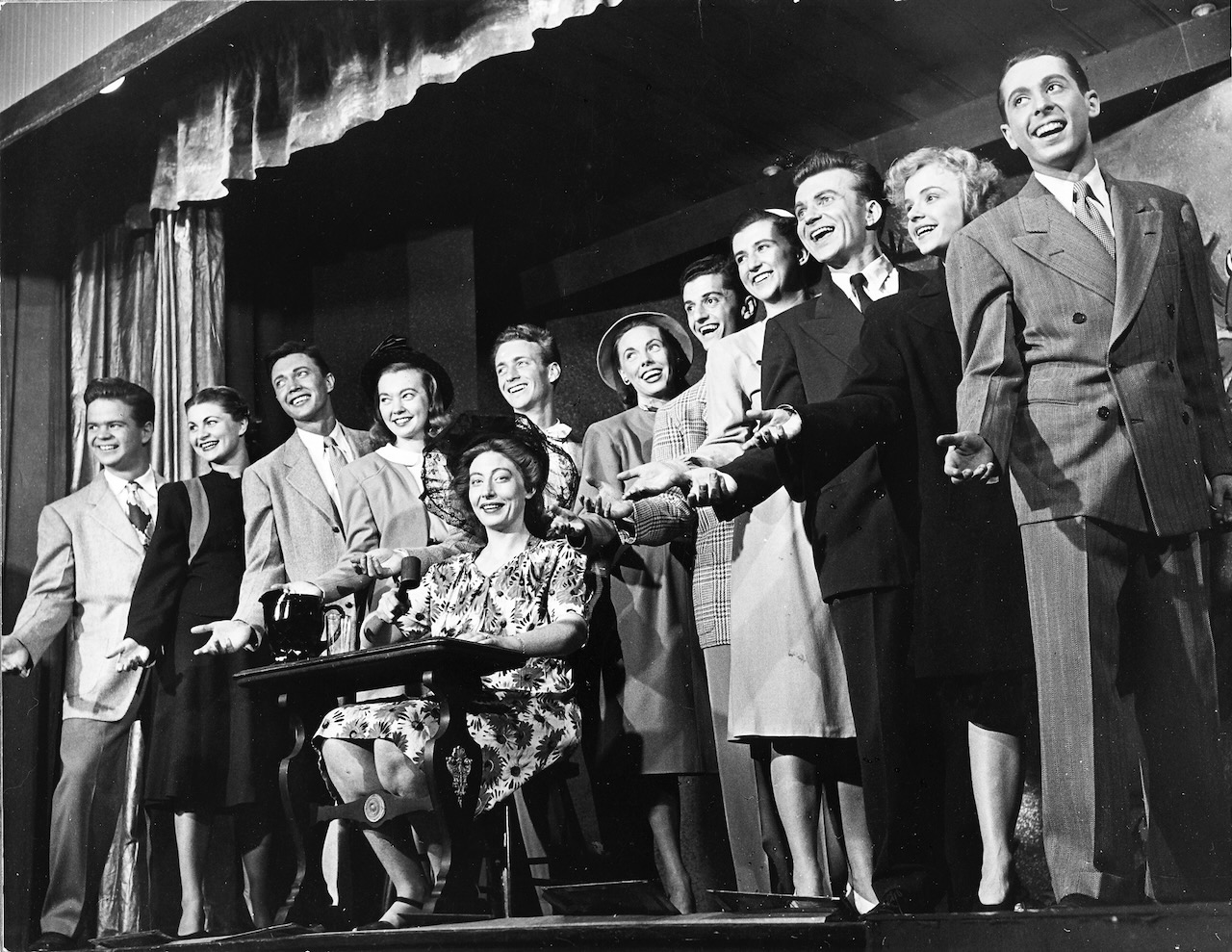In the early days, besides being a farming community, Lafayette was a vacation area for people who lived in Alameda County. Coming over the Summit Road or through the tunnel, some people spent leisure time in second homes, and others camped.
Although there were always animals to take care of, farmers had slow times of year once the crops were planted. After the harvest, there was time for recreation. People fished in the streams and hunted. Locals travelled to other parts of the county to camp.
There were other forms of leisure. Lafayette had a baseball team. Lafayette and Orinda had an annual tug-of-war event. There were church, May Day and Fourth of July events.
Dances were held at the Lafayette Hotel, in local barns, and later in Town Hall. Town Hall dances featured a dance and meal for $1. The springy dance floor was famous for good dancing. The Sacramento Northern train scheduled a special 3:00 am run back to Oakland to accommodate partygoers. One of the special events was the Lafayette Horsemen’s Association Horse Show, which started in 1935. The parade down Mt. Diablo Boulevard included floats. There were many horse and roping events with awards and trophies for winners. People from Lafayette and the surrounding counties would come to show their horses and participate in horse show events.
The Lafayette baseball team is pictured here in 1900.
Two visitors from Oakland view the Town Hall building soon after it opened in 1914. Land for the hall plus $200 for expenses were given by Frank and Rose Ghiglione. Additional money was raised by the women of the town at dances and midnight suppers in Happy Valley. The men donated their time for constructing the Hall.
On August 26, 1941, the Park Theatre opened in Lafayette. Flowers, music and all of the fanfare that attends a gala premiere turned the theater into a blaze of light and color when the newly constructed showhouse opened its doors to the public, with Abbott and Costello’s newest funfest “Hold That Ghost” selected as the opening attraction.
Though few records remain, the Park was a community draw for decades until it shuttered in 2005. Today, the Park Theatre remains an important representation of a regional theater style: a straightforward, exterior design incorporating retail shops integrated into the façade; signage of the shops as well as the theater’s logo part of the architect’s design and in Art Deco or Art Moderne typefaces. The neon marquee of the Park Theater is particularly unusual in its distinctive tubing of Novial Gold glass and its trapezoidal shape instead of the standard box. The cinema adds texture to Lafayette’s architectural landscape and binds the community in treasured memories.
In the summer of 1946, a group of eager young actors and actresses, looking for a place to perform, found the Town Hall in Lafayette and named it the “Straw Hat Theater” after the summer theaters of the East Coast circuit. The group located the Lafayette Town Hall and turned it into a summer theater. There they could perform, rehearse, build sets and generally conduct most of their activities for the first of many summers. At the first performance there were only 27 people in the audience, mostly loyal family members, but they sent out the word. The drama critics from the San Francisco Chronicle and the Examiner wrote very favorably as well, and within two or three weeks all 300 seats were sold out. People came from all over the Bay Area for the next twelve summers.
Known for miles around, a big event in Lafayette was the Lafayette Horse Show, which began in 1935 and ran under various names through the mid-1940s. The horse show grounds were on the Hamlin Ranch off Moraga Road. The first show was held on a single day. In the following years they were on Saturday and Sunday. In 1935 there were 160 horses entered in events. The horse show was more than just people showing off their horses. It was the pride of a generation of ranchers who, despite the coming of the automobile, still felt the connection to their horses and the land.






